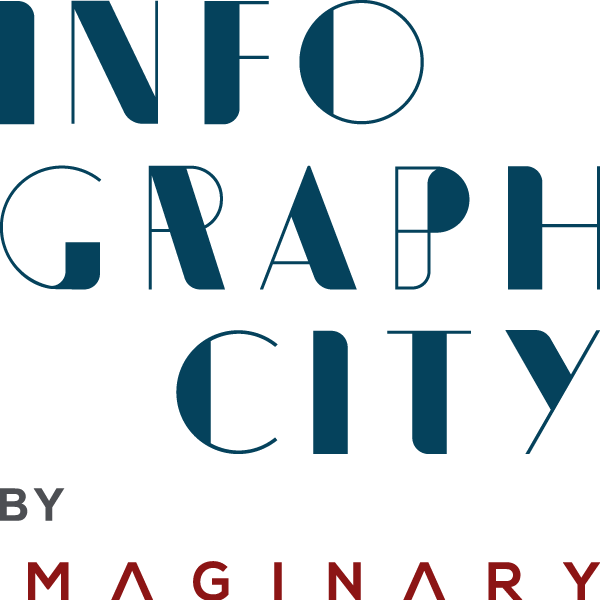Designing a Presentation That Will Impress Your Audience.
If you need to give a presentation, the goal is simple: make it interesting. Whether you’re promoting your company’s new product or discussing your research, if your audience doesn’t care about what you’re talking about, they’ll zone out. Here are some tips for designing an impressive presentation that will get people hooked on your topic.
Designing for Your Audience
No matter how interesting your topic is, if you’re presenting to an uninterested audience, it won’t be effective. That’s why you need to tailor your presentation to the people in front of you.
First, decide who your target audience is. You can narrow it down by looking at their gender, age range, interests, and profession. Once you’ve figured out who your audience is, make sure that they are catered to throughout the presentation.
For example, if you’re giving a talk on the benefits of investing in renewable energy for businesses in California, then mention that there are incentives for clean-energy use during tax season. This will help to appeal to the state’s businessmen.
Choosing the Right Type of Presentation
There are three types of presentations: text-based (think PowerPoint), graphic-based, and visual. Which type is best for your audience depends on your topic and personal style.
Text-based presentations are the most common type. They’re relatively straightforward to design and you can just use words to discuss your topic. If you’re presenting research or complicated ideas to a group, then this type of presentation may be the best fit for you.
Graphic-based presentations are also fairly straightforward but use visuals to tell the story instead of words. You can create these with PowerPoint or Keynote, or by using photo editing software like Photoshop or Canva. This type is great for visually engaging audiences that are more interested in graphics than what’s being said.
Visual presentations are more creative and less standard compared to text or graphic based ones. You’ll need to put in more work designing it but this presentation style will really stand out from other presenters because it’s easy for people to follow along visually without reading too much text on the screen.
Using Visuals to Communicate Your Point
Visuals are the best way to get people’s attention and keep it. When you start your presentation, you want to capture your audience’s attention with a strong introduction. But instead of just telling them what you’re going to say, show them.
For example, if you’re talking about the history of the bicycle, you could include a series of pictures showing different phases in its history. You could also design a PowerPoint with clips from old movies and TV shows that illustrate the bicycle’s significance in popular culture.
No matter what visual aids you use, make sure they highlight your main message and help draw people in. Visuals are an important part of getting people excited about your topic by helping them see what you’re talking about.
Stay on Topic
When you present, it’s easy to get off topic. You want to cover all the bases and make sure your audience is getting everything they need. But this can lead to a disjointed presentation that lacks focus.
Instead of wandering around and covering everything, start by focusing on the point you want to make and then go from there. It will be more engaging for your audience and easier for you because you know where you’re going.
Add an element of surprise
A good presentation needs to have the audience on the edge of their seat. The best way to do this is to incorporate an element of surprise.
One way to do this is by incorporating multimedia. Whether you’re showing a video or pictures, be sure you have an eye-catching image they’ll want to take a look at.
You could also use humor in your speech. This may seem risky, but it can actually help engage your audience. Of course, it’s important not to be overbearing with jokes or off-topic anecdotes that don’t connect with what you’re talking about.
Conclusion
There are many reasons you might need to give a presentation. Whether it’s for a job interview, a pitch to investors, or a presentation to your team, your presentation will only be as good as the work you put into it.
It’s important to think about what your audience wants from you. What will they find interesting? What will they find informative? What do you want them to take away from this presentation?
What type of presentation should you choose?
There are a number of different presentation formats you might want to consider, depending on the type of information you’re communicating and who your audience is. For example, if you’re going to be presenting data that needs to be analyzed, a data-visualization might be a good option for your audience.
When designing your presentation, it’s important to keep your audience in mind. What types of visuals will resonate with them? What would they find most interesting or informative? How much detail should you include in your visuals?
Also, stay on topic. It’s important that the information in your presentation is clear and concise. And if possible, add an element of surprise!

